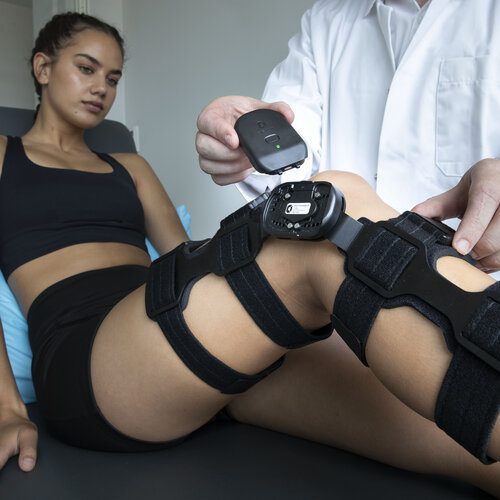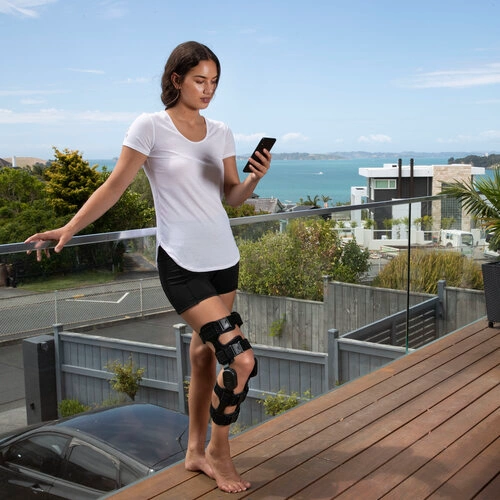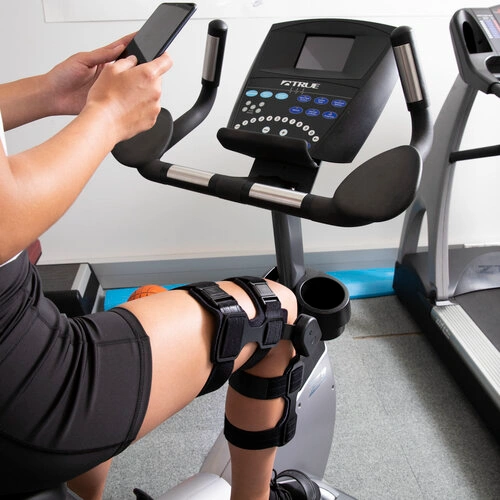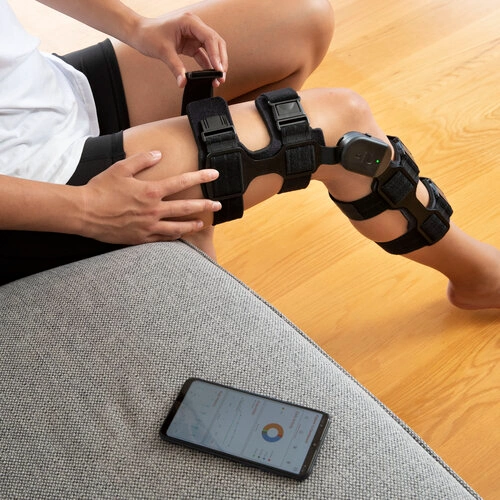Lune Digital was contracted by OPUM Technologies to assist in the development of a wearable knee brace. This smart wearable device is helping people recover from knee injuries.
Collaborating with OPUM’s team of engineers, Lune was responsible for advancing the firmware from initial concept stage to product release.

Approach
Planning and Management
Careful planning and an agile development approach was essential to ensure that a MVP can be released in time and within the planned budget. We worked closely with the client, updating them on our progress weekly, and actively involving them in the decision making during development.
Firmware Development
The main challenge was to port the initial concept which was developed on one hardware platform, to the final device hardware and embedded platform, as quickly as possible. This was difficult to do in a short time due to differences in the architecture and APIs and also required additional libraries to be developed on the target platform.
Improvements and Fixes
While porting code from the initial concept, a number of bugs and issues were discovered and fixed. We also optimized resource usage, freeing up more RAM and Flash space to allow new functionality to be added to the firmware. During firmware development a number of hardware issues were also found, and we proposed solutions to the issues that were implemented in the next hardware revision.
Battery Life Improvements
The customer wanted to increase battery life of the product. We proposed a number of changes to increases the battery life, and gave estimates of expected improvement and amount of effort needed, and focused on making changes which achieved larger gains with less development time spent.
Manufacturing
We investigated quality issues with PCB Assembly, and suggested a number of changes to the PCB Layout to improve yield and reduce the risk of issues during assembly.
Conclusions
Working closely with the client and taking an agile development approach was essential in this project, as it is the case with most projects. During firmware development we often discover hardware issues that need to be resolved as quickly as possible to avoid time and budget overruns. It’s important to plan for risks and potential issues.








